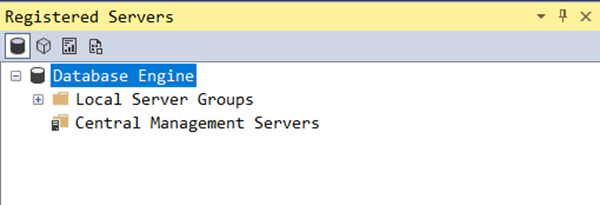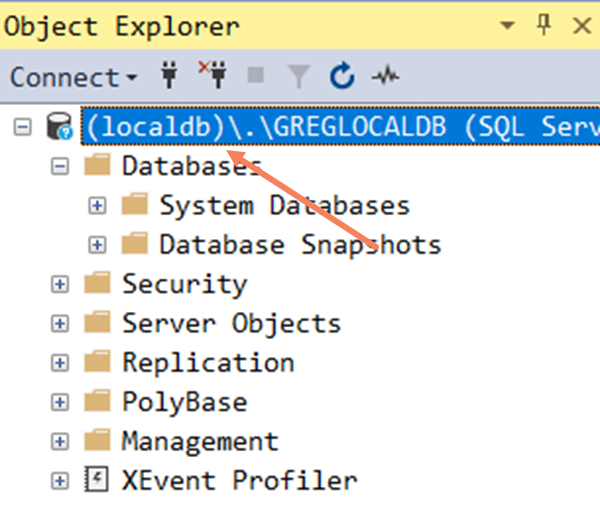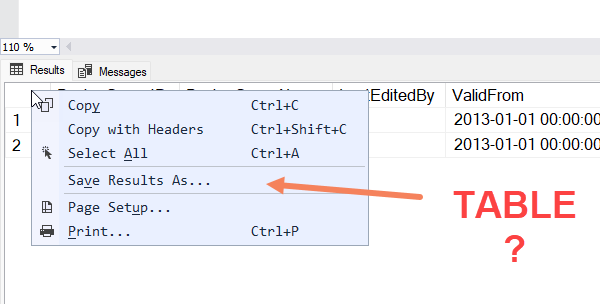
SQL Down Under show 91 with guest Mohamed Kabiruddin discussing SQL Server on Google Cloud is now published!
I hadn’t seen Mohamed Kabiruddin for a while. He used to be Australian based, and worked for Microsoft for some time. Now he’s a product manager at Google. He’s always fascinating to chat to and so I was so pleased to have him on a SQL Down Under podcast today.
Mohamed leads Cloud SQL for SQL Server working with the engineering team to deliver features and capabilities for enterprises to run their SQL Server workloads on Google Cloud SQL. His expertise lies in architecting globally distributed data and information retrieval systems, databases, cloud database migrations, and vector embeddings.
2024-05-18









